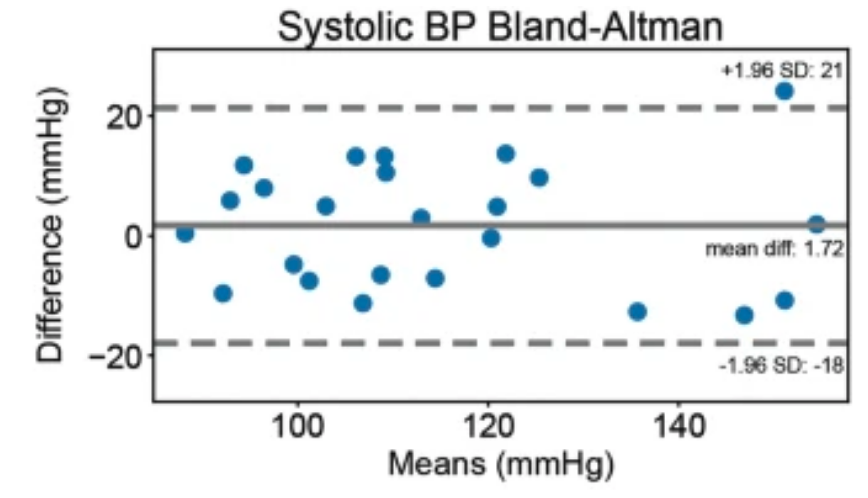Q: Did you see that chocolate and wine really are good for the brain?
A: Not convinced
Q: A randomised trial, though. 16% improvement in memory!
A: A randomised trial, but not 16% improvement in memory
Q: It’s what the Herald says
A: Well, more precisely, it’s what the Daily Telegraph says
Q: What does the research say?
A: It’s a good trial. People were randomly allocated to either flavanols from cocoa or placebo, and they did tests that are supposed to evaluate memory. The scores of both groups improved about 15% over the trial period. The researchers think this is due to practice.
Q: You mean like how Donald Trump remembered the words he was asked in a cognitive function test?
A: Yes, like that.
Q: But the story says there was a benefit in people who had low-flavanol diets before the study.
A: Yes, there was borderline evidence of a difference between people with high and low levels of flavanols in their urine. But that’s a difference of 0.1 points in average score compared to an average change of about 1 point. Nearly all the change in the treated people also showed up in the placebo group, so only a tiny fraction of it could be an effect of treatment.
Q: Was this the planned analysis of the trial or just something they thought up afterwards?
A: It was one of the planned analyses. One of quite a lot of planned analyses.
Q: That’s ok, isn’t it?
A: It’s ok if you don’t get too excited about borderline results in one of the analyses, yes.
Q: So it doesn’t work?
A: It might work — this is relatively impressive as dietary micronutrient evidence goes. But if it works, it only works for people with low intakes of tea and apples and cherries and citrus and peppers and chocolate and soy.
Q: <sigh> We don’t really qualify, do we?
A: Probably not.
Q: So if we were eating chocolate primarily for the health effects?
A: We’d still be doing it wrong.


Recent comments on Thomas Lumley’s posts